The Uffizi Gallery in Florence, Italy is the home of the world’s greatest collection of Renaissance art. Because Florence was the center of the Italian Renaissance movement. Most visitors to Florence consider the Uffizi one of their “must-sees,” even if they don’t particularly like or care about the Renaissance. After slipping through a few rooms of shiny altarpieces, they usually make their way to masterpieces of the Italian Renaissance like this one, which just about everyone recognizes:
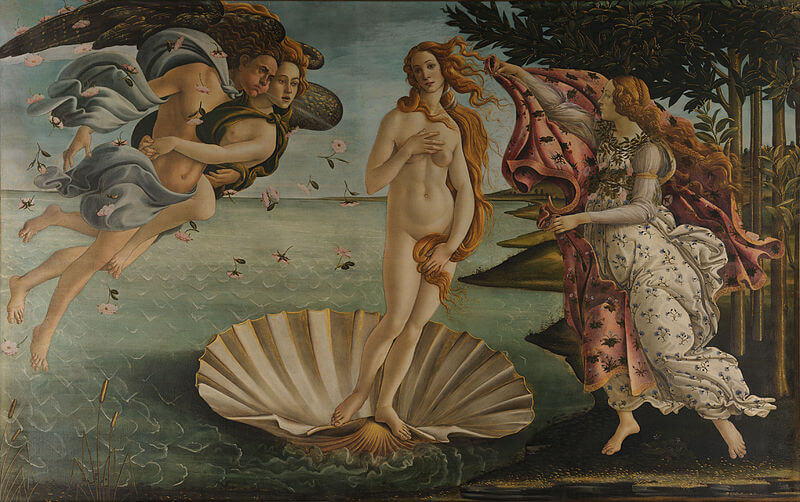
And this one. Yes, that’s Michelangelo’s work:
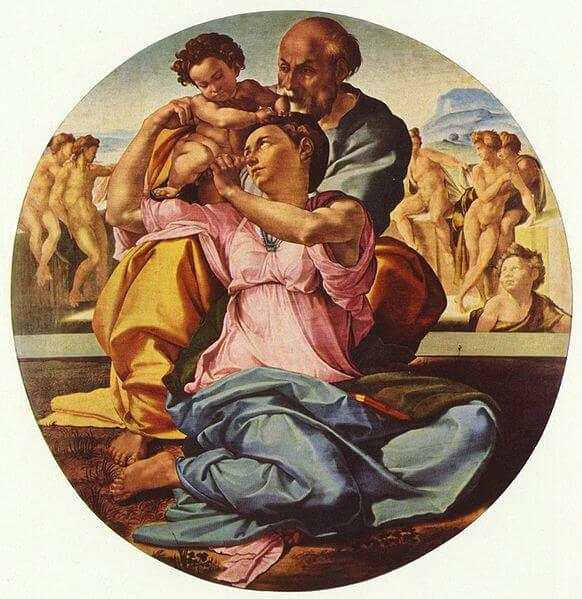
The above pieces certainly deserve all the attention they get; they represent some of the finest achievement of the age. However, there are many, many other pieces of Renaissance art in the Uffizi that are just as deserving— they provide excellent examples of that explosion of artistic genius called the Italian Renaissance.
Instead of leaving the Uffizi with the need for an espresso after looking at a few too many religious paintings, one can turn a visit into a sweeping visual tour of the Renaissance. All you need is a little background, a careful eye, and a willingness to see art for what it is on a deeper level: a mirror reflecting the time in which it was made and, in the case of the Renaissance, the huge innovations that changed the course of Western art forever.
Two pieces in the Uffizi that are less known but rich in Renaissance character are by two outstanding artists of the period, Filippo Lippi and Sandro Botticelli. Each of the paintings showcases aspects of the Italian Renaissance and, even though most people have not heard of them, they should not be missed when visiting the Uffizi. They portray religious themes, which dominated the patronage of the Medieval and Renaissance periods, but it’s not their themes that pull me in. Instead, it’s delicate details and pure, sweet beauty.
1. Madonna with the Child and Two Angels by Fra Filippo Lippi
Filippo Lippi was a principal artist of the mid-15th century, but he is also famous for being a monk and having a long relationship with Lucrezia Buti, whose face is probably the one painted below. They had a child together, Filippino Lippi, who became a well-known painter of the High Renaissance.
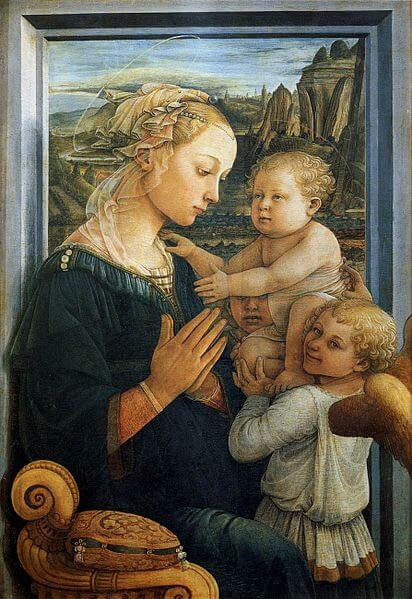
My favorite aspect of this painting is the gorgeous detail, from the perfect folds in their clothing and the floating drapery of her headdress to the ornate detail in the box and chair. But what does this lovely painting say about the Renaissance?
Even though Mary and Jesus lived almost 1500 years earlier, Lippi keeps the space grounded in 15th-century Florence. The Madonna shows the fashion of the day. Her hairline is far back on her forehead, reflecting the trend of plucking or shaving one’s hair off the front of the head. She also wears a delicate strand of pearls in her hair and a dress that would have been typical in Florence at the time.
It reflects the Renaissance ideal of humanism and its interest in depicting real people. It shows the two most important figures in Christianity, the Madonna and Jesus, yet they look like regular people. Baby Jesus is a chubby baby. The angels’ faces are unique and full of character. The heavy gold halos shown in earlier art have been replaced by translucent ones that blend in with the rest of the painting– the focus is their humanity, not their holiness.
Let this sink in by comparing Lippi’s painting with this Madonna and Child altarpiece of about 150 years before (also in the Uffizi). Quite different, isn’t it?!
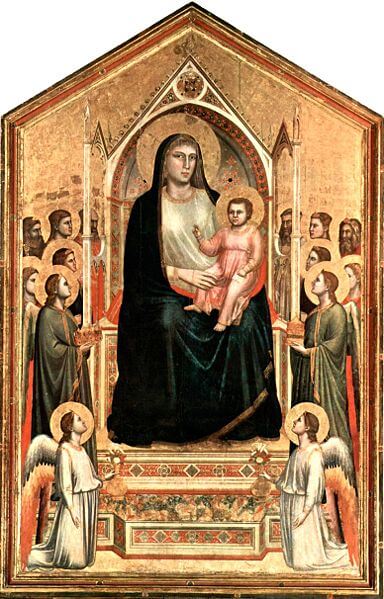
2. Annunciation by Sandro Botticelli
This has always been one of my favorite Renaissance paintings. It catches a moment– the angel Gabriel has just appeared, surprising Mary to tell her that she will be the mother of God’s child. I especially love the energy present between Mary and Gabriel’s hands. Her hands reflect uncertainty, as though she is pushing him away, but his hand carefully pushes toward her, telling her not to be afraid, to listen. (Like the image of Christ and God painted by Michelangelo some 30 years later, the center of the painting is the hands.) Their bodies mirror this energy– he delicately leans in, while the curve of her body forms a beautiful arc that pulls away from the unexpected messenger.
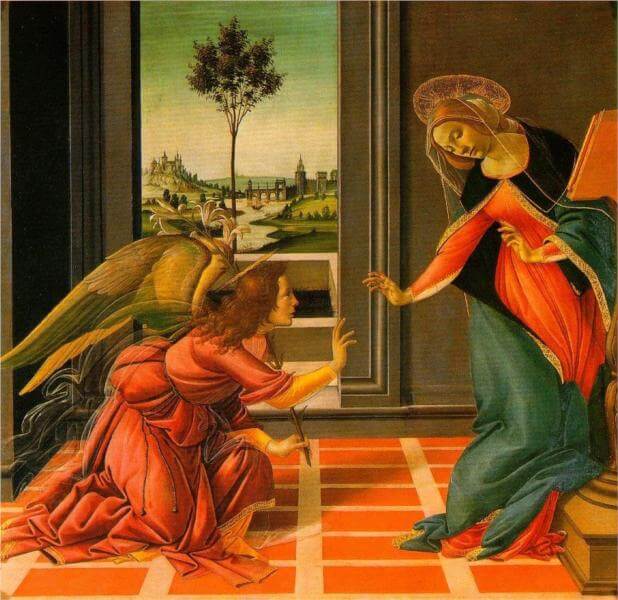
One of the greatest achievements of the Renaissance was the use of linear perspective to create realistic space, and by this time, artists were able to use it freely. Botticelli shows his mastery of perspective in the way the lines on the floor and the lectern recede, clearly placing the figures in a space that appears real despite the painting itself being flat.
Compare this piece to Botticelli’s Birth of Venus (above) or Primavera, both of which hang nearby in the Uffizi. These pieces unabashedly celebrate ancient Roman gods, an interest of the intellectual spirit of the Renaissance and its progressive ruling family, the Medici.
In contrast, Annunciation is an overtly religious piece. This change reflects the religious movement that was taking place in Florence in the late 15th century, led by the fiery preacher Savonarola. Several years later, in 1497, Savonarola organized the Bonfire of the Vanities, in which many works of Renaissance art were burned. Botticelli had actually become a follower of Savonarola and supposedly participated by throwing some of his own art into the fires!
Any favorite Renaissance art at the Uffizi? What are your favorite Renaissance paintings? I’d love to hear!
More resources:
Tips to Understanding Renaissance Paintings

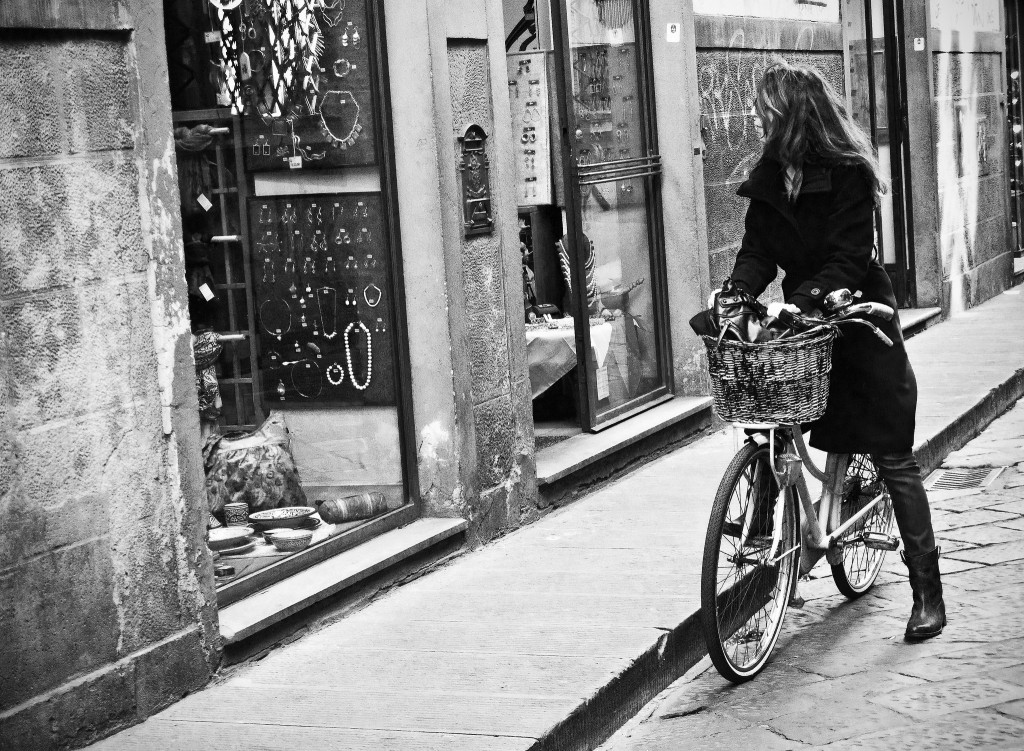
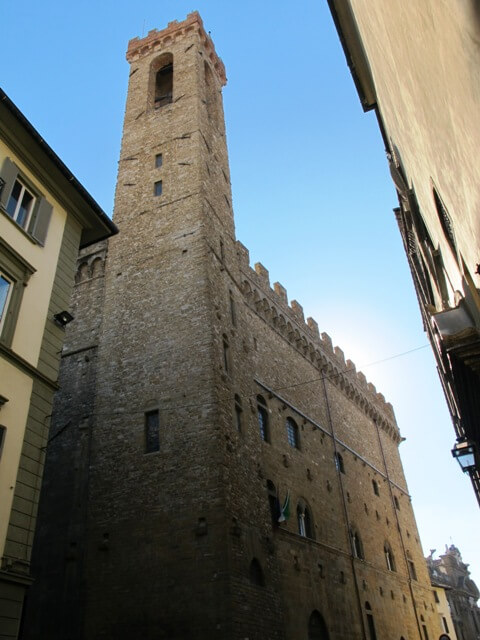
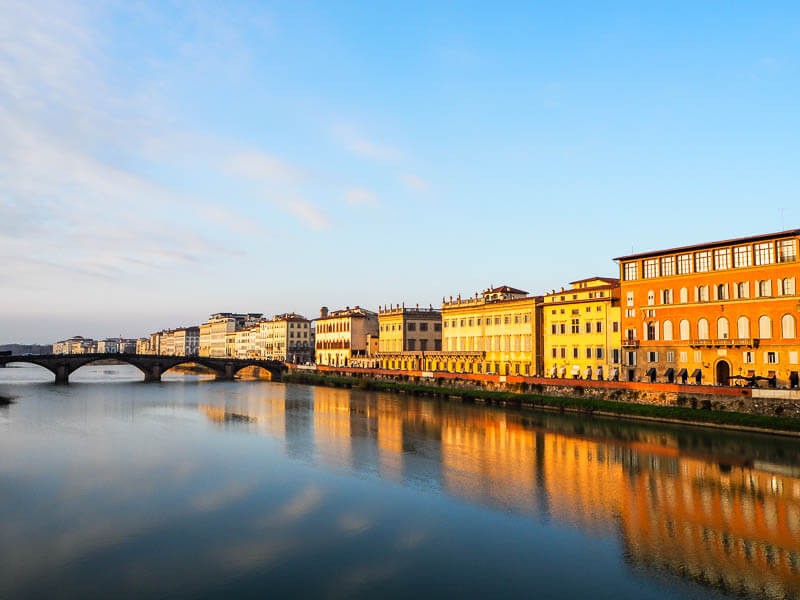
What a magnificent overview of Uffizi’s finest or some of them at least! I loved how you led us in with familiar pieces and then allowed us to open our minds and explore the other pieces you highlight above. Botticelli is one of my favorite artists from the Renaissance and I am glad you started the series off with him.
Thank you so much for the kind words, Jeff! I’m glad you enjoyed it and saw more of one of your favorite artists!
Jenna,
Your intellect on art, especially the Renaissance Period, is well complemented by your passion for the subject. Fabulous piece you wrote here. One for the academics.
Thank you! I can always count on you for positive feedback 😉
The detail in these paintings is amazing. I’d love to visit the Uffizi to see these works. I’m especially taken with the gorgeous colors of Sandro Botticelli’s Annunciation. Very interesting post, Jenna.
Thanks, Cathy! I agree about the details (amazing) and colors.
Great new series on art. I prefer the Baroque and Renaissance periods. I am definitely not an art expert but love checking out paintings in museums.
Great descriptions, I’ve been to the Uffizi ages ago with a school trip, admittedly we were not paying too much attention to the treasure we were staring at, I should go back by myself 😉
I always enjoyed that Botticelli version of the Annunciation. I remember having a guest professor talk about the whole catalog of hand gestures, what they meant, and how they were obvious to everyone at the time, and this is a perfect example of that. Italian Renaissance art was one of the first classes I took in college, so it’s great to revisit periods I covered but didn’t choose to pursue. 🙂
‘Madona of the pomegranate’ is my favorite by far. I lost the track of time in front of it. The angel staring to the world from the canvas mesmerized me.
I honestly hadn’t thought about that one much. I looked it up online and saw the angel you are talking about. I love how paintings can do that to you. 🙂
Thanks for stopping by!
What a wonderful blog, thank you Jenna!